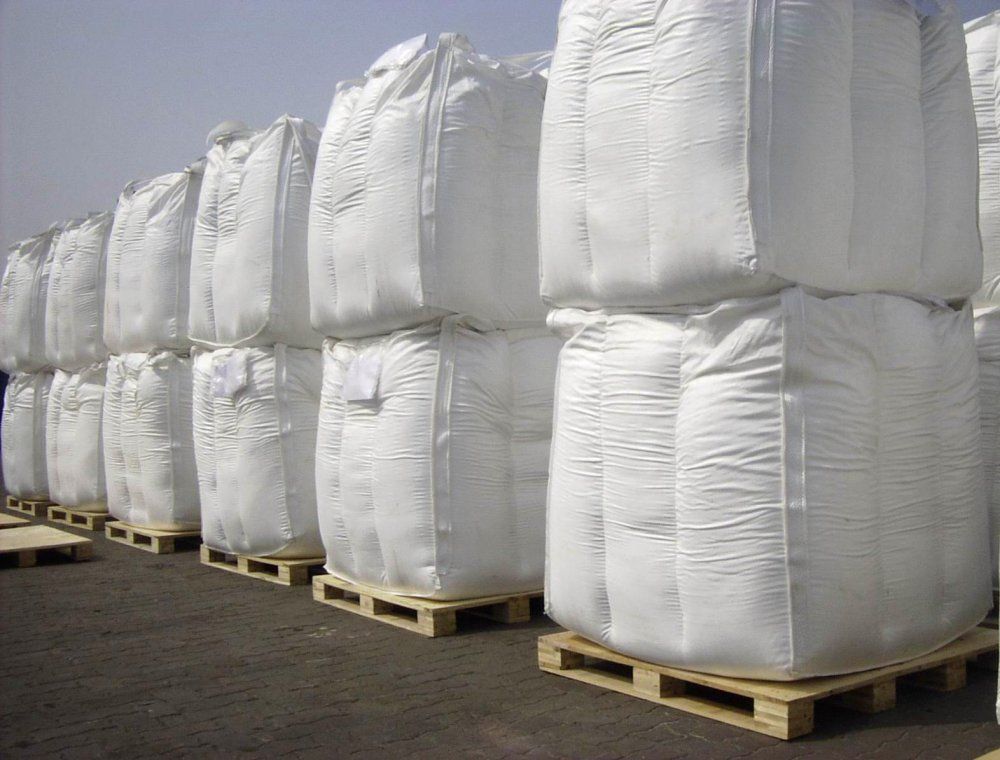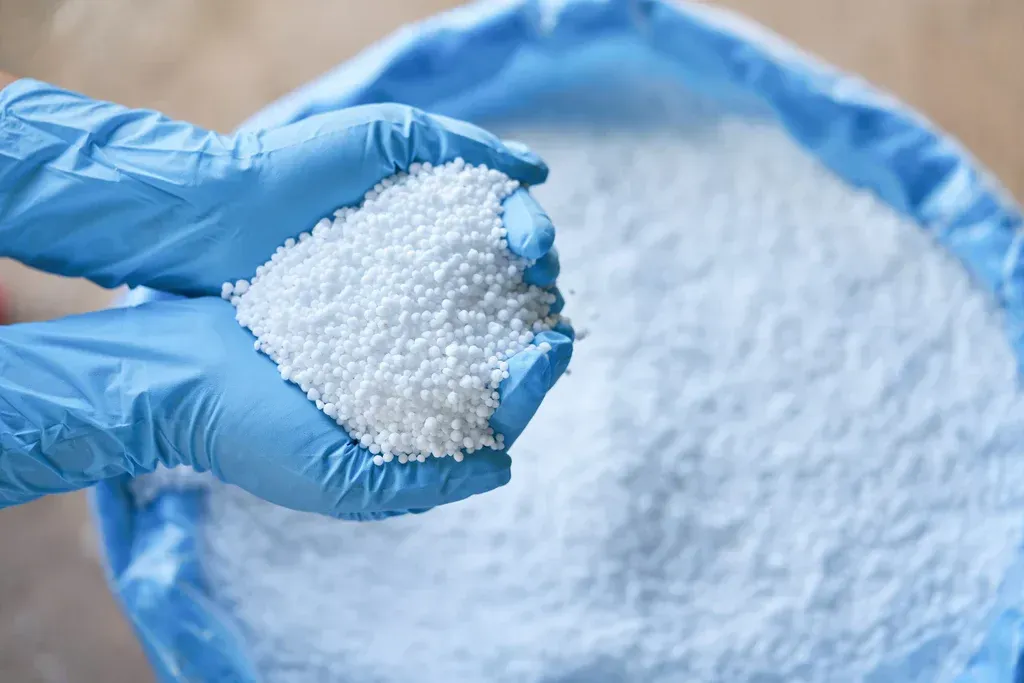Urea 46

Urea 46, often referred to as Urea 46-0-0, is a highly concentrated nitrogen fertilizer widely used in agriculture. Here's some statistical information about Urea 46:
Composition and Properties:
- Nitrogen Content: Urea 46 contains 46% nitrogen, making it one of the highest nitrogen-content fertilizers available.
- Chemical Formula: CO(NH₂)₂.
- Physical Form: It typically comes in the form of small, white, crystalline granules or prills.
- Solubility: Highly soluble in water, making it easy to apply in various forms (solid, solution).
Global Production and Trade:
- Production: Urea is produced through a chemical reaction between ammonia and carbon dioxide at high pressure and temperature.
- Global Production Volume: In 2022, global urea production was estimated at approximately 180 million metric tons per year.
- Major Producers: The largest producers of urea include China, India, Russia, and the United States.
- Global Trade: Urea is extensively traded globally. Major exporters include Russia, China, and the Middle East, while major importers include India, Brazil, and the United States.
Usage:
- Agriculture: Urea 46 is predominantly used as a nitrogen fertilizer in agriculture. It promotes plant growth and increases crop yields.
- Non-Agricultural Uses: Besides its agricultural applications, urea is used in the production of resins, plastics, and animal feed, as well as in the pharmaceutical and chemical industries.
Economic Impact:
- Cost Efficiency: Due to its high nitrogen content, urea 46 is a cost-effective fertilizer option for farmers, providing more nitrogen per unit of weight compared to other nitrogen fertilizers.
- Market Price: The price of urea can fluctuate based on global demand, production costs, and energy prices. As of mid-2023, the average price of urea was around $350-450 per metric ton, though this can vary significantly.


Environmental Considerations:
- Environmental Impact: While urea is an efficient fertilizer, its use must be managed carefully to prevent environmental issues such as water pollution (eutrophication) and greenhouse gas emissions (nitrous oxide).
- Best Practices: Proper application techniques, such as incorporating urea into the soil and using it in conjunction with other sustainable farming practices, can help mitigate environmental impacts.
Storage and Handling:
- Storage: Urea should be stored in a dry, cool, and well-ventilated area to prevent caking and degradation. It is hygroscopic, meaning it absorbs moisture from the air, which can lead to clumping.
- Handling: Proper protective equipment should be used when handling urea to avoid skin and eye irritation.
Urea 46 is a vital component of modern agriculture due to its high nitrogen content and cost-effectiveness. Understanding its production, global trade, usage, and environmental impact helps in making informed decisions for its application and management.